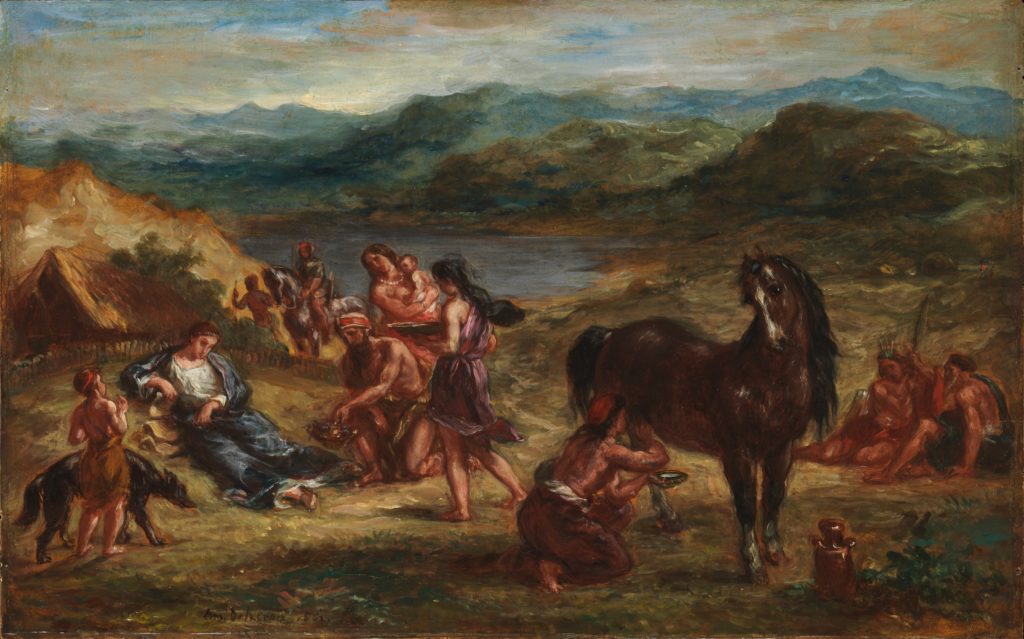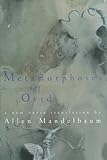A new Age of Ovid seems to have dawned. Publius Ovidius Naso (43 B.C.–A.D. 17) was admired immensely in his own time, as he was in general down through the ages, until the nineteenth century, when, as T. F. Higham put it in 1934, he “died and was buried under mountains of disparaging comment to make a throne for Vergil.” Ovid has finally dug himself out from under that mountain, although it has taken him more than fifty years to do it. He is beginning to be rediscovered by ordinary readers (artists never forgot him, as we can see when we look around at the literature, music, painting, and sculpture influenced by him over the centuries).
Signs of the Ovidian renaissance today include his inclusion this year in the Advanced Placement curriculum in secondary-school Latin programs, where he now joins Cicero, Horace, and Virgil, and in a profusion of new translations—at least of the Metamorphoses—for those who don’t make it through A.P. Latin. Until quite recently Latinless readers who wanted to read the Metamorphoses had little to choose from: the only available translations were the Penguin in prose and Rolfe Humphries in blank verse. In the 1980s two more appeared, one in heroic couplets by A. E. Watts, the other in blank verse by A. D. Melville. Allen Mandelbaum’s new version of the Metamorphoses1 will be followed in the near future by translations by David Slavitt and by Charles Martin. A feast, indeed.
A


